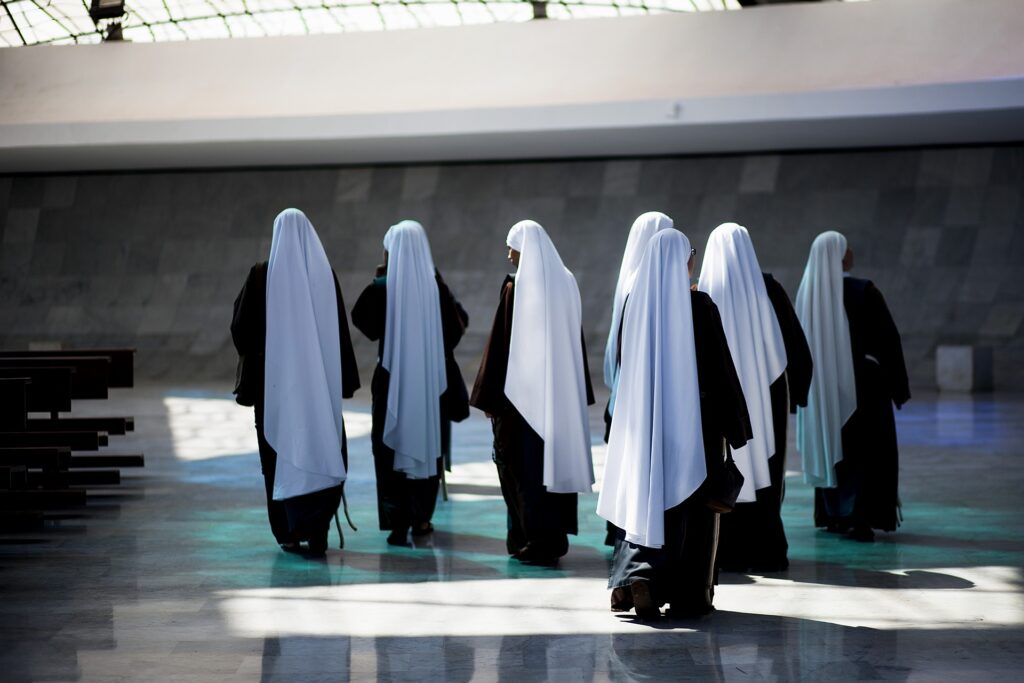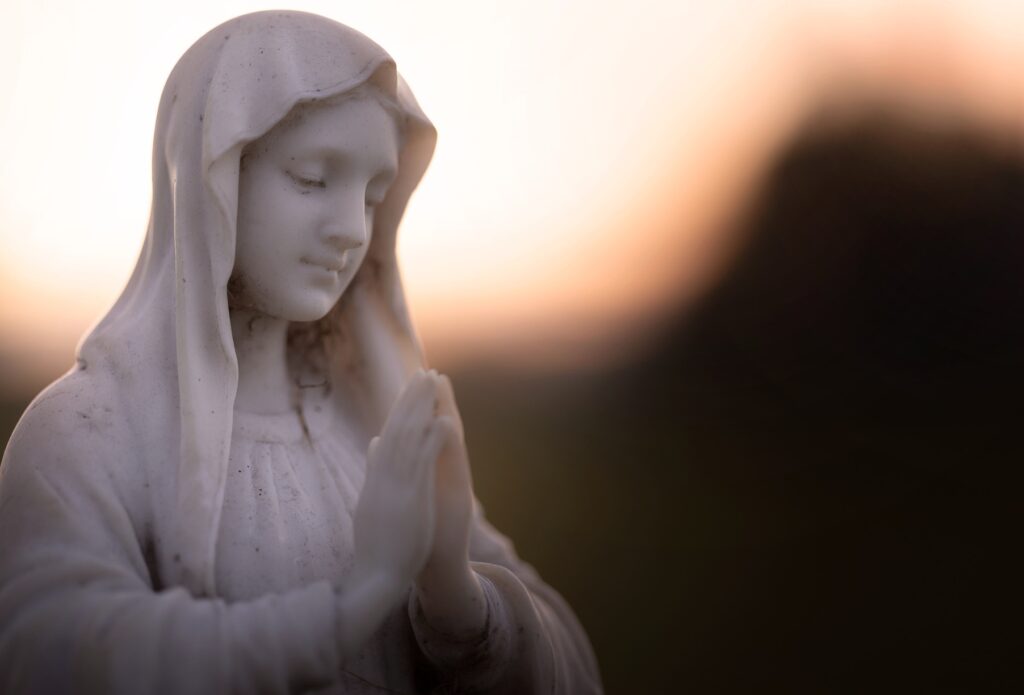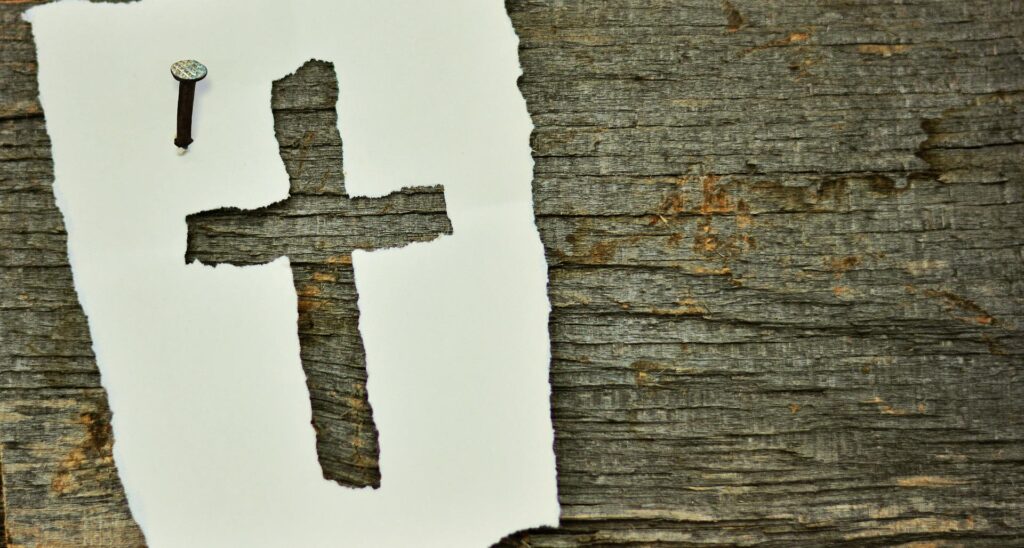The Benedictine Sisters of Mary, Queen of the Apostles monastery in Missouri have been thronged by hundreds of pilgrims in recent days following the news that the recently exhumed body of the monastery’s foundress seems to be incorrupt, even though four years have passed since her death. At the age of 70, Sister Wilhelmina Lancaster established the order in 1995. Approximately four years following her death, on the Solemnity of the Ascension in the Latin Rite, the abbess and sisters of the Benedictine order made the decision to relocate Sister Wilhelmina Lancaster’s remains to their monastery chapel. To their surprise, instead of finding a skeletal structure, the Benedictine sisters discovered an apparently intact body within the coffin. Despite the absence of embalming and the presence of a cracked wooden coffin, which allowed moisture and dirt to enter over an unknown period of time during those four years, the body remained remarkably preserved.
National Catholic Register reports:
Hundreds of pilgrims have descended on a Benedictine monastery for religious sisters in rural Missouri in recent days after news began to spread on social media last week that the recently exhumed remains of the contemplative order’s African American foundress appear to be incorrupt, four years after her death and burial in a simple wooden coffin.
Sister Wilhelmina Lancaster founded the Benedictine Sisters of Mary, Queen of the Apostles — best known for their chart-topping Gregorian chant and classic Catholic hymn albums — in 1995 at the age of 70, leaving the Oblate Sisters of Providence, her community of more than 50 years, to do so.
Known for her devotion to the traditional Latin Mass and her faithfulness to Benedictine contemplation and the Liturgy of the Hours, she died at age 95 on May 29, 2019, on the Solemnity of the Ascension.
Roughly four years later, on the Solemnity of the Ascension in the Latin Rite, the abbess and sisters decided to move her body to a final resting place inside their monastery chapel, a long-standing custom for founders and foundresses.
Expecting to find bones, the Benedictine sisters instead unearthed a coffin with an apparently intact body, even though the body was not embalmed, and the wooden coffin had a crack down the middle that let in moisture and dirt for an unknown length of time during those four years.
Read the full article here.







